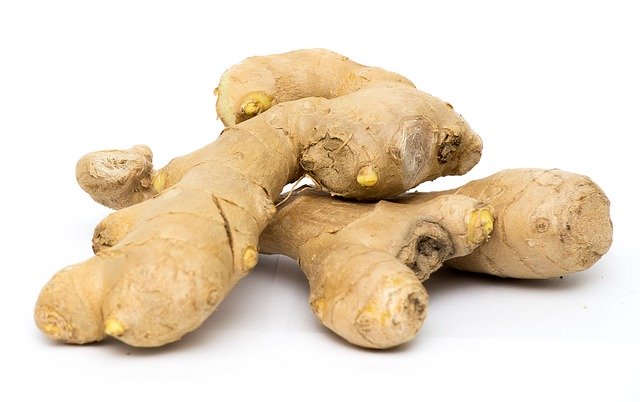Import Ginger
Import Ginger On February 28, China exported the first batch of fresh ginger to New Zealand, completed customs clearance procedures such as inspection and quarantine at Weifang Customs, and successfully packed it into New Zealand.
This batch of ginger has a total of 21.6 tons. It is produced in Anqiu and Qingzhou, the main ginger producing areas in China. It is the first batch of
fresh ginger exported from China to New Zealand and part of the China-New Zealand 500-ton ginger export contract.

For the first time, China’s export of ginger to
New Zealand will not only help boost the confidence of exporting companies
but also help to further develop more high-standard export markets.
Especially during the critical period for the prevention
and control of the new coronary pneumonia epidemic, the export also reflects the effects of China’s “stable foreign trade” policy measures.
Import Ginger
In this ginger import inspection and release link, Weifang
Customs opened a “green channel” for export inspection and release during the epidemic, and designated a special person to carry out on-site operations.
and completed all inspection and quarantine clearance procedures in less than 1 hour.
Through effective measures such as efficient inspection,
clearance, and other specific measures to support the resumption of production and production of enterprises
and to ease the pressure on foreign trade enterprises
during the epidemic, it is China’s policy “combination boxing” to push foreign trade back on track.

With the effective implementation of a series of policies and measures, the progress of resuming production and resuming production of foreign trade enterprises across China is accelerating.
For example, the monitoring of 840 key
foreign-funded enterprises in Shanghai shows that as of February 25, the resumption rate has exceeded 99%; Guangdong BASF and other large foreign-invested projects have resumed construction. Based on the current high recovery rate of foreign trade companies, overall.
the impact of the epidemic on the supply chain is periodic and short-term. In addition, China has the world’s largest, most comprehensive and complete supporting manufacturing system.
Its position in the global supply chain is difficult to shake, and there will be no large-scale transfer of the supply chain to foreign countries due to the impact of the epidemic.

On the contrary, many multinational companies have cast a “trust vote” for China’s foreign trade during this period, adding to their deployment in China. On February 25, Shandong held a centralized “video contract” for 66 foreign-invested projects, with a total investment of US$14.39 billion. Sumitomo.
Importing Ginger Countries
Corporation of Japan, SK Group of South Korea, Suez Environmental
Group of France and other well-known multinational companies appeared
on the contract list; On the same day, Shanghai Pudong New Area achieved the “landing”
of 21 key foreign-invested projects through the “cloud contract”, which
involved automotive aftermarket services, medical devices, intelligent manufacturing,
asset management and other fields, with a total investment of more than US$1.7 billion.
This is a direct manifestation of China’s epidemic prevention and control
“hard core” efforts, as well as the high efficiency and strength
“circular powder” of resuming production. (Luan Yushi, commentator of Overseas Network)
Import Ginger
On February 28, China exported the first batch of fresh ginger to
New Zealand, completed customs clearance procedures such as inspection
and quarantine at Weifang Customs, and successfully packed it into New Zealand. This batch of ginger has a total of 21.6 tons.
It is produced in Anqiu and Qingzhou, the main ginger producing areas in China.
It is the first batch of fresh ginger exported from
China to New Zealand and part of the China-New Zealand 500-ton ginger export contract.
For the first time, China’s export of ginger to
New Zealand will not only help boost the confidence of exporting companies, but also help to further develop more high-standard export markets.
Especially during the critical period for the prevention and control of the new coronary pneumonia epidemic, the export also reflects the effects of China’s “stable foreign trade” policy measures.
